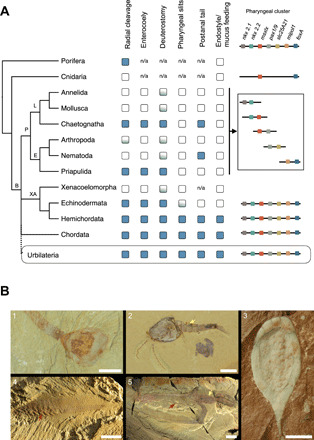Fig. 5. Character evolution implied by a short or nonexistent deuterostome branch.

(A) Distribution of characters on a phylogenetic tree with an unresolved polytomy at the base of the Bilateria involving Protostomia (P), Xenambulacraria (XA), and Chordata. (L, Lophotrochozoa; E, Ecdysozoa; B, Bilateria). Presence or absence of the characters discussed in the Discussion are indicated (blue box, present; white box, absent; blue/white box, variable; n/a, not applicable). The pharyngeal cluster contains the seven genes indicated by colored boxes. The cluster has not been found intact in any single protostome, but most possible pairs/triplets of adjacent genes are found linked in one or more protostomes or nonbilaterian metazoans (box represents various protostomes; see text for details), implying that the common ancestor of protostomes had an intact cluster. Urbilateria is the common ancestor of all three clades (dotted line), and its characteristics can be inferred as those present in Chordata and Xenambulacraria (and, for some characters, in Protostomia). (B) Cambrian bilaterians. 1, The lophotrochozoan Lingulella chengjiangensis (Cambrian Series 2, Yunnan Province, China). 2, The ecdysozoan Chuandianella ovata (Cambrian Series 2, Yunnan Province, China). 3, The xenambulacrarian Protocinctus mansillaensis (Cambrian Series 3, Spain). 4, The chordate Myllokunmingia fengjiaoa (Cambrian Series 2, Yunnan Province, China). 5, The problematic bilaterian Vetulicola cuneata (Cambrian Series 2, Yunnan Province, China). Pharyngeal slits (red arrows) are present in Vetulicola and Myllokunmingia, while a segmented bipartite body (yellow arrows) is a feature of Vetulicola and Chuandianella. If Urbilateria had pharyngeal slits, then Vetulicola could represent a stem protostome. Images 1, 2, 4, and 5 are courtesy of Yunnan Key Laboratory for Palaeobiology and MEC International Joint Laboratory for Palaeobiology and Palaeoenvironment, Yunnan University, Kunming, China. Image 3 is courtesy of S. Zamora. Scale bars, 5 mm (1 to 3) and 10 mm (4 and 5).
